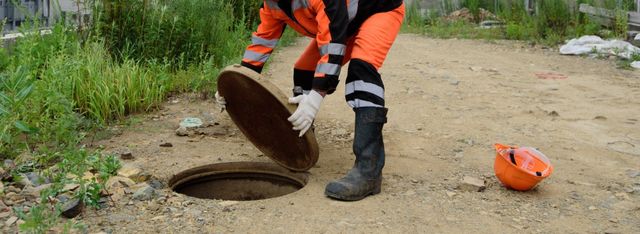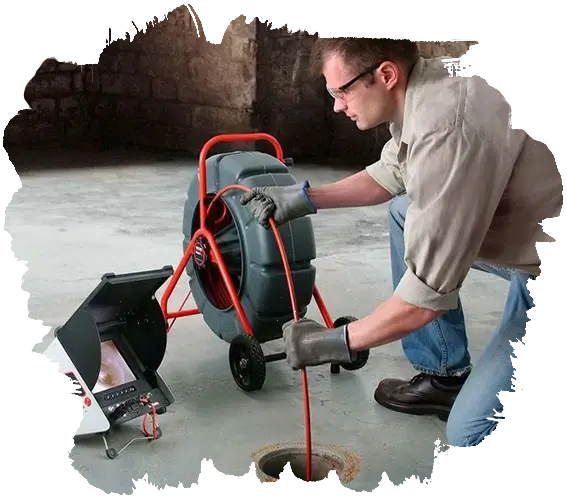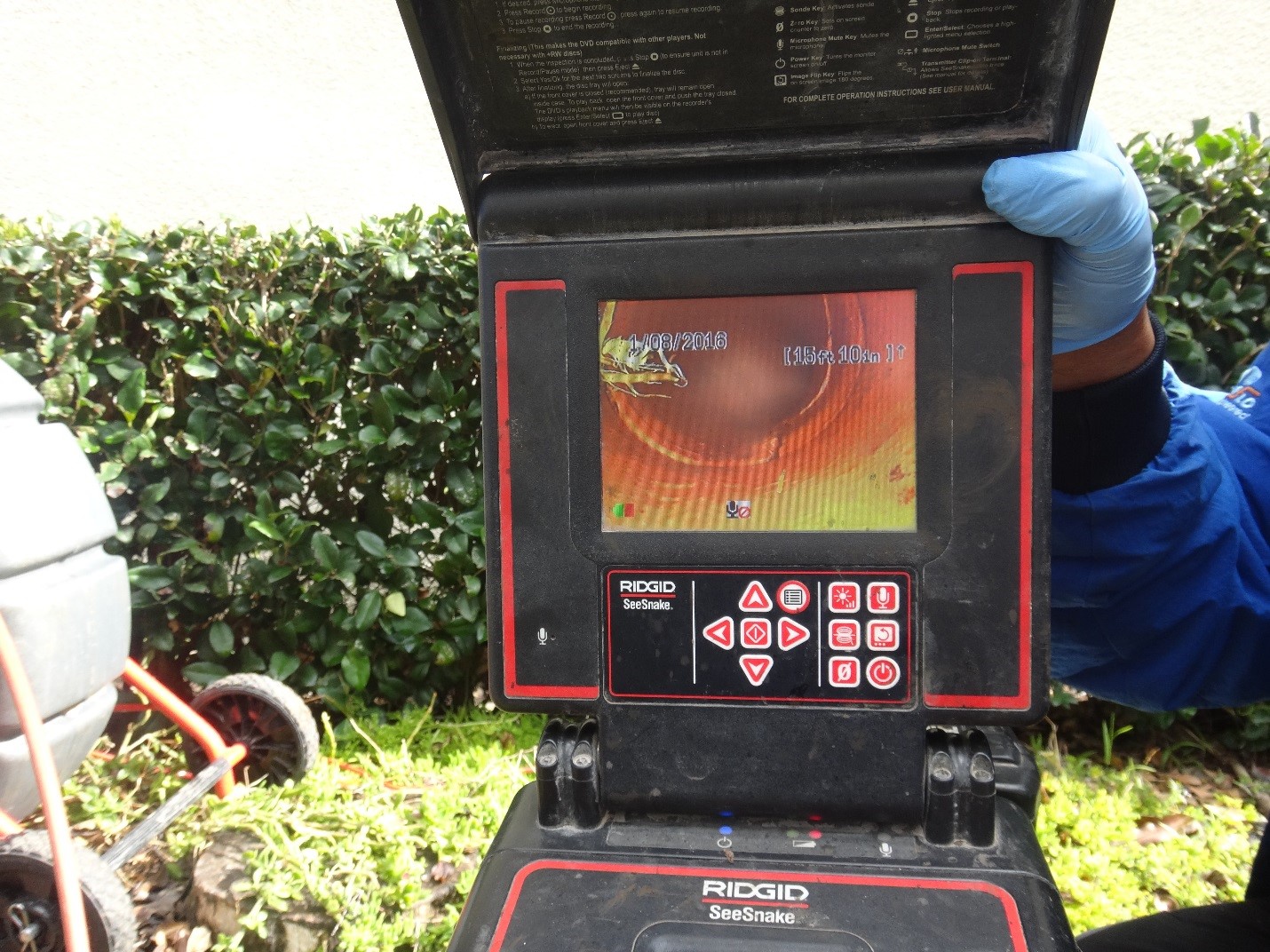The Significance of Timely Sewer Line Inspection CT for Building Maintenance
Best Practices for Effective Sewage System Line Fixing: Guaranteeing Longevity and Functionality
When it involves ensuring the longevity and functionality of sewage system lines, adopting best practices is vital. Effective sewer line repair begins with a careful site examination to precisely identify concerns, followed by picking repair work approaches that balance efficiency and very little interruption, such as trenchless technology. The choice of products and adherence to regional regulations during installation are important to stop future problems. In addition, normal maintenance that includes assessments and the use of enzyme-based cleansers can considerably minimize obstructions. Just how can property owners properly integrate these techniques to enhance their sewer systems' performance?
Identifying Sewage System Line Problems
Determining drain line issues is a crucial action in preserving the stability of a residential property's plumbing system. Typical indicators of sewer line problems consist of slow-draining sinks, gurgling sounds from plumbing components, unpleasant odors emanating from drains, and constant bathroom backups.
Professional evaluation typically begins with a complete aesthetic evaluation. Licensed plumbing technicians use sophisticated analysis tools such as drain electronic cameras, which offer real-time video clip footage of the indoor condition of the drain line. This non-invasive method permits for exact recognition of blockages, splits, root intrusions, and various other architectural deficiencies.
Hydrostatic stress screening is an additional analysis technique, wherein water pressure is put on the drain system to find leaks. By pinpointing the exact area and nature of the issue, these techniques enable targeted and efficient treatments.
Recognizing the particular symptoms and their hidden reasons is crucial for establishing an effective repair work technique. Aggressive recognition of drain line concerns not just safeguards the building's value however also makes certain the health and wellness and safety of its passengers.
Selecting the Right Repair Work Method
As soon as drain line problems have actually been properly identified, selecting the ideal fixing approach comes to be critical. The selection depends upon several factors, consisting of the extent of damage, pipe material, budget, and area restraints. Traditional excavation, or "replace and dig," is a sensible choice for considerable damage or when pipes are irreparable. This technique uses complete substitute however is turbulent and labor-intensive.
For less severe concerns, spot fixing techniques can be used. These involve targeted repairs to certain damaged areas of the pipeline, minimizing disturbance and price. Pipe rupturing is another approach where a brand-new pipeline is pulled through the old one, damaging the existing pipe apart. This strategy is reliable for changing pipelines with very little surface disturbance.

Each method has its very own set of limitations and advantages; for this reason, an extensive analysis by a certified expert is necessary to establish one of the most ideal approach. This guarantees not only the instant resolution of concerns yet also the lasting functionality and long life of the sewer system.
Utilizing Trenchless Innovation
While traditional methods of sewage system line repair commonly call for substantial digging and disturbance, making use of trenchless modern technology uses a much more modern-day and reliable choice. This cutting-edge approach minimizes surface area disturbance, protecting landscapes, driveways, and various other frameworks. Trenchless methods, including pipeline bursting and cured-in-place pipe (CIPP) lining, are especially advantageous in metropolitan environments where surface area interruption can be highly bothersome and pricey.

By taking on trenchless techniques, home owners and communities can achieve resilient drain line repair work with less trouble, transforming the method we come close to crucial facilities upkeep. This progressive innovation therefore ensures durability and functionality in drain line systems without the drawbacks of standard excavation.
Making Sure Proper Installation
Making certain proper setup of sewer lines, specifically when employing trenchless technology, requires thorough planning and adherence to finest practices. This image source consists of recognizing the existing pipe's condition, mapping out the drain system, and establishing the soil type and groundwater levels.
When the suitable technique is chosen, accuracy in execution is vital. In pipeline bursting, guaranteeing that the new pipe material is suitable with the rupturing head and that the drawing devices is calibrated appropriately is necessary. In CIPP, the lining should be effectively fertilized with material and cured at the right temperature level and period to form a limited, resilient seal.
In addition, proper setup likewise necessitates adherence to local guidelines and requirements, which govern aspects such as pipe material requirements, joint honesty, and acceptable techniques for trenchless installments. Guaranteeing conformity with these standards not only enhances the system's long life but likewise alleviates future legal and operational issues. By concentrating on these important elements, drain line repair work can attain optimal capability and longevity.
Regular Upkeep Tips
Normal upkeep of sewer lines is essential for stopping costly repair work and ensuring the system's durability. These examinations can precisely diagnose obstructions, fractures, and other concealed issues within the sewer lines.
Furthermore, property owners and home managers must on a regular basis purge their sewage system lines with water to aid clear minor obstructions triggered by gathered particles (sewer line inspection ct). This can be enhanced by using enzyme-based cleansers month-to-month to break down natural product without hurting the pipelines. It is likewise advisable to avoid purging non-degradable products such as wipes, feminine hygiene products, and oil, as they can create significant blockages and damages

Conclusion
Implementing ideal methods for sewer line fixing involves careful website assessments and the critical choice of repair service approaches, such as trenchless technology, to lessen disruptions and enhance security. Making certain correct installment with suitable products and adherence to regional regulations is crucial for toughness. Routine maintenance, including annual evaluations, flushing, and making use of enzyme-based cleansers, plays a crucial role in preventing clogs and extending the life of the drain system, therefore ensuring optimum functionality and minimizing future repair work needs.
Reliable drain line repair begins with a thorough website examination to accurately detect problems, complied with by choosing repair approaches that balance effectiveness and marginal look these up disruption, such as trenchless innovation. Licensed plumbers use sophisticated diagnostic devices such as sewer cameras, which provide real-time video clip footage of the interior condition of the drain line.Once drain line issues have been properly determined, selecting the appropriate repair work approach ends up being vital.While typical methods of drain line repair often call for substantial excavating and disturbance, making use of trenchless technology supplies an extra contemporary and reliable choice.Carrying out ideal practices for sewage system line repair service involves careful site examinations and the calculated selection of repair techniques, such as trenchless technology, to minimize disruptions and boost safety.